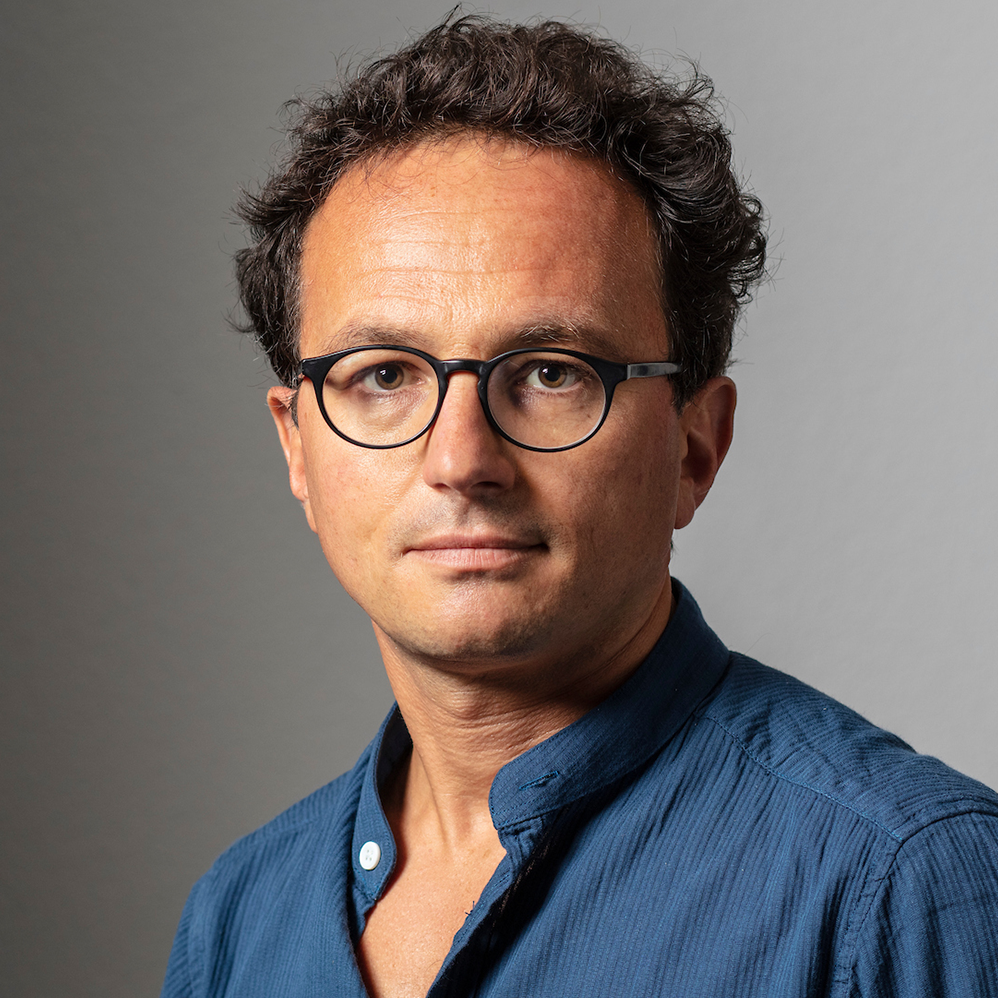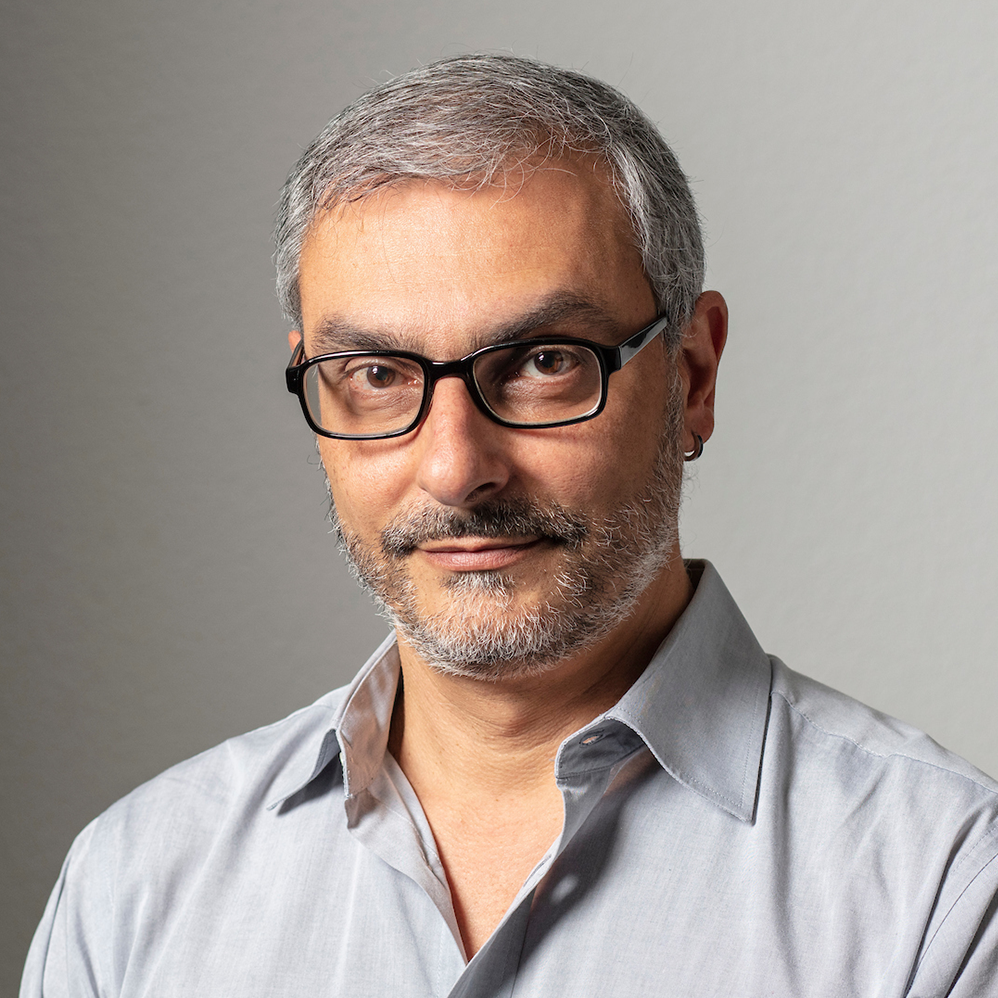‘The clown is the ultimate punk’
If the Swiss are known for anything it’s their precision, timekeeping or watchmaking perhaps – and probably not their comedy. But Switzerland also has its own traditions when it comes to making people laugh, and Martin Zimmermann stretches the limits of conventional Swiss comedy, as seen in two plays he's brought to Zurich.
Zimmermann is not just faithful to this honourable lineage of Swiss clowns, of which Grock (1880-1959), Dimitri (1935-2016), and Gardi Hutter (born 1953, and still very active) are some of the most notable names. The performer, director, choreographer and set designer from Zurich also mixes drama, tragedy, irony, dance and acrobatics, conveying his message in a universal language to audiences from Tokyo to New York. Celebrities such as Jean Paul Gaultier, Isabelle Huppert and Jane Birkin are said to be among his fans.
Zimmermann was born in 1970 and grew up in a small town near Zurich, in a family of cheesemakers. Even as a child he loved to imitate the gestures of those around him, especially his mother. But, he says, it took him “20 years to come out as a clown”. He originally trained as an interior decorator. This background has come in handy however, as he also designs his own sets for his shows.
The artist received swissinfo.ch for a chat in his studio while preparing two showsExternal link (“Eins Zwei Drei”, November 8-11 and “Hallo”, November 14-16). Most of the talk centered on his creative process, that also has nothing conventional about it.
Having in mind the role models played by great performers such as Charles Chaplin, Buster Keaton, Marcel Marceau, and Federico Fellini (“even though he was directing films, behind the camera, I still consider him a clown”, he says), Zimmermann is concerned with the setting of the clown in the 21st century. He says he comes out of this tradition, but in every new piece he throws himself into different contexts.
“The tradition [of the clown] hasn’t changed at all, but his set-up did. That’s why I try to place my characters in modern environments, like the futuristic museum designed for ‘Eins Zwei Drei’”.
Therapeutic creativity
Zimmermann’s main creative partner is a psychologist with whom he starts discussing broad themes concerning society, people, feelings etc., narrowing it down to sketches that he translates into physical language.
“I am not comfortable with words”, he confesses, “and I don’t particularly appreciate stand-up comedy, that has become quite popular, maybe because it works well on TV”. The clown is an extremely broad element – “and he is not a character, the clown is a silhouette with which we mirror society”. The ultimate punk, as he defines it: we love him and hate him, he disturbs us, and kicks us out of the comfort zone.










You can find an overview of ongoing debates with our journalists here . Please join us!
If you want to start a conversation about a topic raised in this article or want to report factual errors, email us at english@swissinfo.ch.